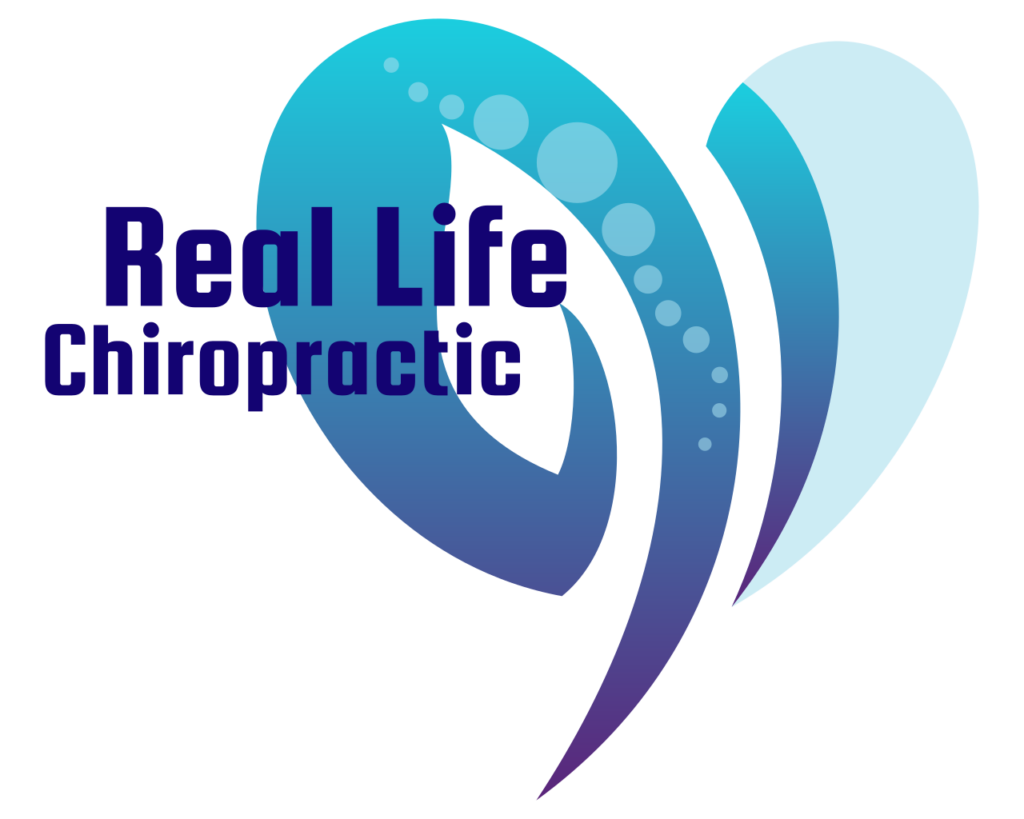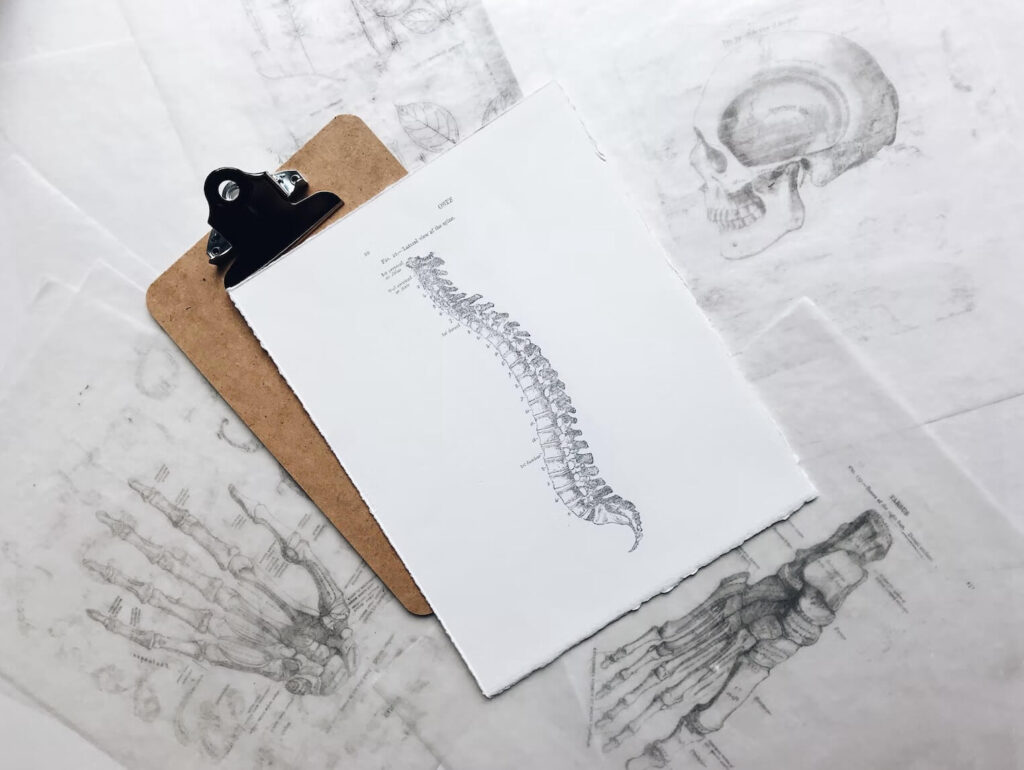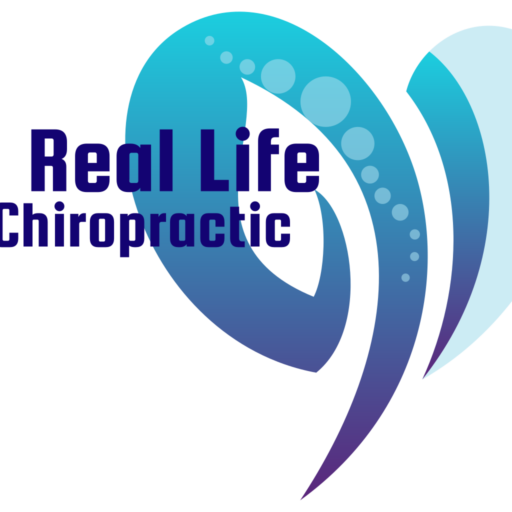Chiropractic Care 3x Per Week For The Rest of Your Life? – Part 4
If a doctor does a thorough evaluation of the patient, and if there were no traumas in the patients past, then an X-ray of the affected area is often unnecessary. “Well, how would you know what segments to adjust if you can’t ‘see’ the misalignment?” Chiropractors are trained to palpate the spine and muscles. Let them use those skills. They ought to be able to feel with their hands a joint that is “displaced,” “stuck” or “out of place.”
With a proper new patient intake form, and a thorough evaluation of the patients past, and physical state, it is pretty easily discernible whether or not they need an X-ray. Often if physical trauma is present, then an X-ray is most likely recommended. Otherwise, the chiropractor can use critical thinking skills given their training to know a good course of action on their new patients treatment plan.
Yours in Health,
Chiropractic Care 3x Per Week For The Rest of Your Life? – Part 4 Read More »








